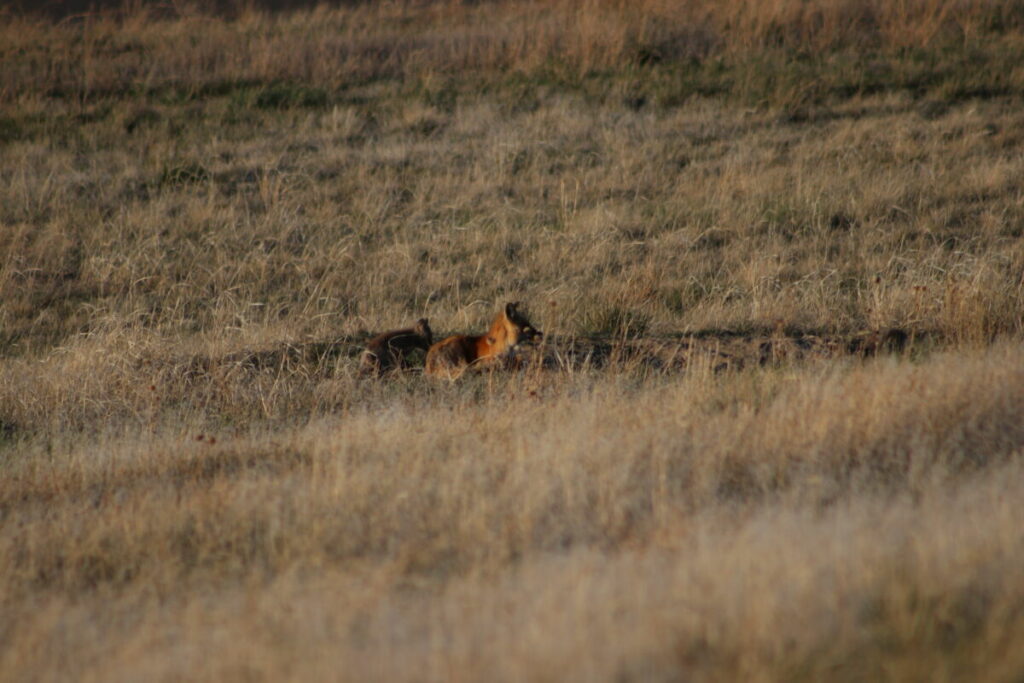Slower Speed Limits Don’t Save Wildlife, Says New Study
Written by Andrew-Rossi on January 16, 2020
There are ways to save more wildlife. Slower speed limits aren’t doing it.
A new, first-of-its-kind study released by the Nature Conservancy refutes the commonly-held belief that lowering speed limits lowers the fatalities. The study, undertaken in conjunction with the Wyoming Department of Transportation, chose six highway crossings along mule deer migration routes and winter habitats. They reduced the speed limit from 70 to 55 miles per hour. The theory is that the reduced speed would give drivers more reaction time and thus lower wildlife collisions. Once they compared the speed limits before and after the change, they found no change.
So, what is the solution to reducing wildlife collisions? Over and underpasses. Creating the infrastructure that would allow animals to cross highways without touching any pavement. Yes, the price for crossing infrastructure is high, but so too is the cost of inaction. In Wyoming, wildlife-vehicle collisions cost more than $50 million in human injury, property damage and wildlife loss every year. About 85% of wildlife-vehicle collisions in the state involve mule deer, and at an average cost of $10,500 per accident – and twice that if you hit an elk.
Thankfully, wildlife over and underpasses have been embraced by the state and will be incorporated into Governor Gordon’s executive order regarding migration corridors.




